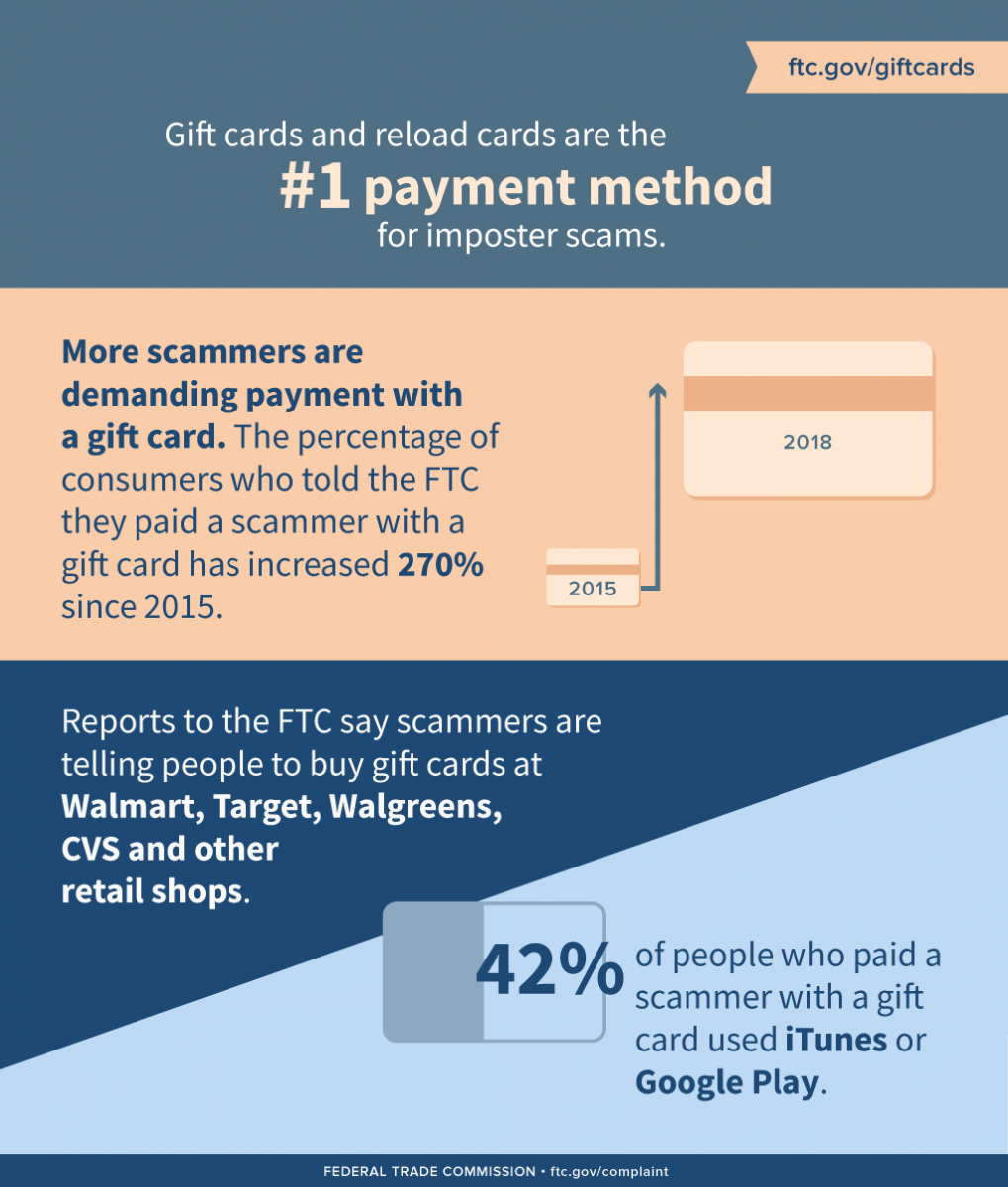Although they might seem comparable, etching and etching vary in their methods and end results. Comprehending these processes is important for any kind of business looking to personalize glass products.
Laser engraving uses concentrated warm to thaw the mini surface of your product, creating recessed markings that withstand damage and can be reviewed under extreme problems. It's optimal for points that need to be deducible, like industrial components.
Looks
Etching and engraving both develop resilient, responsive designs that attract attention on the glass surface. They are excellent for jobs that call for a fine-tuned, elegant appearance.
Laser etching can be made use of to etch glass, yet it requires a safety coating or guard to stop warm damages to the glass. A specialized spray or covering is readily available for this purpose and can be put on slim glass to decrease splitting or damage during the inscribing process.
It's also feasible to etch glass by hand making use of a rotary tool. This technique is lengthy and labor-intensive, yet it can produce high-grade results when done correctly. Make sure to put on safety gear like safety glasses and a respirator mask to protect yourself from dirt and particles. You can start by attracting your layout on the glass with a marker, after that put the rotary tool and slowly follow your layout to etch it into the glass. After the inscription is full, gently remove any kind of remaining dust or residue.
Convenience
The engraving process uses a wide variety of applications for glass items. It is very versatile and can be utilized on various products and thicknesses of glass. It is likewise extremely specific and produces in-depth, high-contrast layouts on the glass surface area. It can be used on both flat and rounded surface areas.
Glass inscription is a popular choice for glass items like bottle, building dividings, and day spa style. It generates a soft and refined design that is not as visible as etching, making it an exceptional alternative for ambient appearances.
To reduce heat tension on thin glass, apply a protective material like concealing tape or a damp paper towel to the surface area prior to laser inscription. This soaks up and spreads laser power to lower local home heating and protect against cracking. Additionally, finishing the glass with a moderate cleaning agent or dishwashing soap can likewise be an efficient pre-coating. Simply keep in mind to cover only the laser-contacting face of the glass with these moisture-absorbing pre-treatments.
Toughness
Laser glass inscription produces deep, long-term markings that are durable and aesthetically striking. It's optimal for imaginative or light business functions that need a refined appearance. Engraving needs accurate and controlled handling of the glass to avoid warm damage and breaking. Slim or delicate glass can be much more susceptible to the high-contrast effects of laser inscription, making it vital to check the procedure carefully for signs of overheating and fracturing.
Engraving makes use of a diamond-tipped device to cut into the surface of the glass, producing a textured mark that's less aesthetically striking than laser etching. It's an usual option for applications where a frosted effect is preferred, such as attractive glass home windows and personalized gifts. Like laser engraving, etching is very precise and suitable for logos and other thorough images. Evergreen anniversary glass gift ideas Glass utilizes cutting edge laser equipment adjusted for ideal performance to achieve etching and inscribing with outstanding precision. For added satisfaction, our makers feature built-in safety and security functions that guarantee safe procedure.
Expense
Glass etching involves making use of chemical services to create a layout. While this method is not as precise and reliable as laser etching, it is still an exceptional choice for artisanal glasswork, which can be a great means to elevate an unique event gift or celebratory piece.
For the very best results, it is important to examine an example piece of glass prior to using any kind of etching lotions. Various types of glass may react in a different way to the chemicals. Some will certainly engrave very swiftly while others might take a lot longer. In some cases, an item of glass might even stop working to etch at all!
Laser inscribing entails the use of a computer-guided system, frequently referred to as a CNC (Computer Numerical Control) equipment, to route a concentrated laser beam of light at the surface area of the glass. This process needs a high-level of technical skill and creativity. It is an effective method to etch elaborate patterns on massive jobs with high levels of precision.
